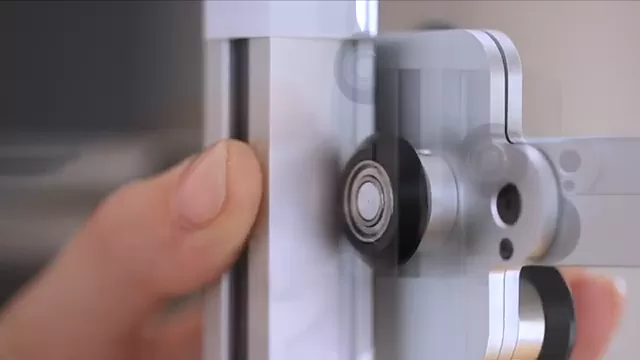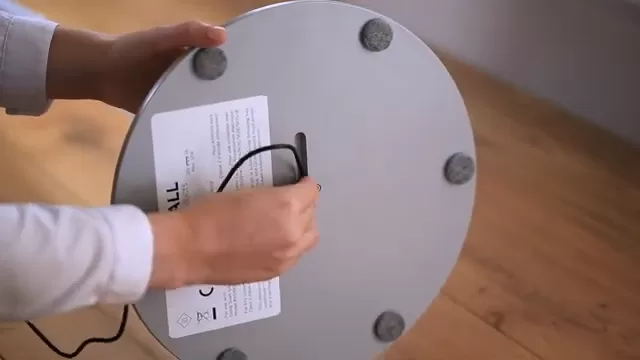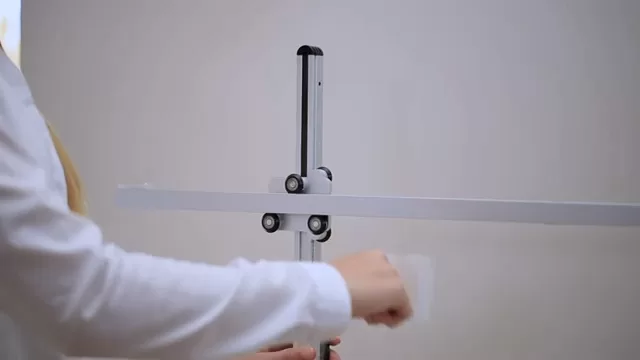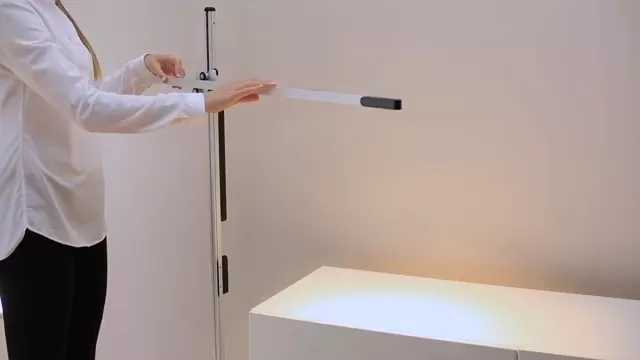Dyson has established a global reputation for its high-quality household products, from vacuum cleaners to advanced lighting solutions. Among the most innovative items in their catalog are floor-standing LED lamps, especially the Lightcycle and Lightcycle Morph models. These sleek, intelligent lamps are designed not just to illuminate a room but to adapt to natural daylight cycles, movement, and even personal routines. But like any technology, they are not immune to wear and tear or technical issues. This article aims to offer a clear and comprehensive guide on how to identify, address, and repair common issues related to Dyson floor LED lamps.

1. Understanding Dyson’s Approach to Illumination
Dyson doesn’t create ordinary lamps. Their LED floor models are engineered to mimic the natural variation of sunlight during the day. They feature:
- Heat pipe technology to maintain brightness for decades.
- Motion sensors for automatic activation.
- App integration for personalized schedules and intensity.
- Energy-efficient LED modules with minimal heat output.
Despite this innovation, everyday use, environmental factors, or simple aging can lead to problems over time.

2. Common Technical Issues With Dyson Floor LED Lamps
a) The lamp won’t turn on
This is one of the most common problems users encounter. Causes may include:
- Power cord damage.
- Faulty LED driver circuit.
- Internal software crash.
- Sensor malfunction.
Quick fix: Test the lamp in a different outlet. Check for signs of physical damage to the cord. If the lamp still doesn’t respond, internal inspection is needed.
b) The light flickers or dims unexpectedly
This is often related to unstable power supply or failing LED drivers.
Solution: Try plugging the lamp into a surge protector. If flickering continues, it could be a fault in the power board or a misconfigured sensor.
c) Connectivity issues with the Dyson Link app
App problems can affect schedule automation, brightness control, and diagnostics. Ensure the lamp’s firmware is up to date. Reconnect Bluetooth and clear cache in the app.
3. Can You Fix a Dyson Lamp Yourself?
Dyson doesn’t encourage self-repair for its lighting devices. These lamps contain sealed components and complex electronic systems that are difficult to service without specific knowledge and tools. DIY repair attempts can void your warranty or worsen the issue.
Still, basic cleaning or checking for obvious cable faults is safe. Internal disassembly or component replacement is best left to professionals.

4. Professional Repair Services
If you’re based in Moscow and looking for an experienced technician to repair your Dyson floor lamp, it’s important to choose a service that specializes in premium electronics.
One trusted source is this Dyson Floor LED Lamp Repair service. Their team has expertise specifically in lighting systems, including diagnosis of electronic circuits, sensor calibration, and firmware recovery. They use original Dyson parts and provide a warranty on the repair.
Why choose a specialized repair service?
- Guaranteed compatibility with Dyson tech.
- Avoidance of irreversible damage.
- Warranty-backed restoration.
- Faster diagnostics with trained specialists.
5. How to Maintain Dyson Floor Lamps
To prolong the life of your lamp and avoid unnecessary repairs, here are some maintenance tips:
- Avoid exposure to moisture – Dyson LED lamps are not water-resistant.
- Keep sensors clean – Dust can confuse motion and light sensors.
- Handle with care – The lamp’s joints and arms are precision engineered.
- Use proper voltage – Avoid plugging into unstable power sources.

6. How to Tell if It’s Time for Repair
Some signs you should take seriously:
- LED doesn’t reach full brightness.
- The light randomly switches on/off.
- Color temperature doesn’t respond to settings.
- App says the lamp is disconnected, but it’s powered on.
Don’t ignore these symptoms—they may indicate internal board failure or sensor misalignment.

7. Conclusion
Dyson floor LED lamps are marvels of engineering and design. While built to last, they are not indestructible. Being aware of common issues and knowing where to turn when something goes wrong can save you time, money, and frustration. If your lamp is acting up and basic troubleshooting hasn’t helped, consider seeking out a trusted professional.



